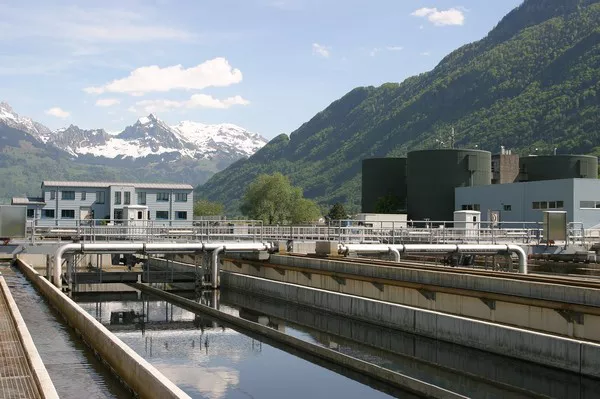Sewage treatment is a critical process that ensures the safe disposal of wastewater while minimizing its impact on the environment. Central to this process are various chemicals that aid in disinfection, filtration, and overall purification. These chemicals work synergistically to remove contaminants and pathogens, transforming raw sewage into treated effluent suitable for release back into the environment or for reuse. In this article, we delve into the essential chemicals used in sewage treatment and their specific roles.
1. Primary Treatment Chemicals
The primary treatment stage of sewage treatment focuses on physical processes to remove large debris and solid particles. Chemicals are not heavily used at this stage; however, coagulants such as aluminum sulfate (alum) or ferric chloride might be added to aid in the settling of suspended solids. These chemicals neutralize charges on particles, causing them to clump together and settle out more efficiently during sedimentation.
2. Secondary Treatment Chemicals
Secondary treatment involves the biological breakdown of organic matter by microorganisms. This stage often utilizes aeration tanks where bacteria break down organic pollutants. Although primarily biological, chemicals like oxygen are introduced to enhance microbial activity, promoting efficient degradation of organic contaminants. Additionally, nutrients like phosphorus and nitrogen might be added to support microbial growth and maintain the necessary biological balance.
3. Tertiary Treatment Chemicals
Tertiary treatment focuses on polishing the effluent from secondary treatment to meet specific water quality standards or to prepare it for reuse. The chemicals used at this stage vary based on the treatment goals:
Disinfection: Chlorine-based compounds such as chlorine gas, sodium hypochlorite, or chloramines are commonly used to disinfect effluent and kill remaining pathogens. Ultraviolet (UV) light is another method used for disinfection without the use of chemicals.
pH Adjustment: Chemicals like lime (calcium hydroxide) or sulfuric acid are added to adjust pH levels. This step ensures that the effluent is not too acidic or alkaline, which can be harmful to the environment.
Phosphorus Removal: To reduce phosphorus levels, which can contribute to eutrophication in receiving water bodies, chemicals like aluminum sulfate (alum) or ferric chloride can be added. These chemicals precipitate phosphorus, removing it from the water.
Activated Carbon: This can be added to remove residual organic contaminants, pharmaceuticals, or other trace pollutants that may still be present after secondary treatment.
4. Advanced Treatment Chemicals
In addition to the standard treatment processes, advanced sewage treatment may involve specialized chemicals or processes to address emerging contaminants or achieve specific water quality goals:
Ozonation: Ozone (O3) is a powerful oxidizing agent used to disinfect and oxidize organic pollutants. It can also break down complex organic molecules more effectively than chlorine-based disinfectants.
Membrane Filtration: Processes like reverse osmosis or nanofiltration employ membranes to physically remove contaminants from water. While not strictly chemical treatment, these processes often require chemical cleaning agents to maintain membrane efficiency.
Adsorption: Advanced treatment may utilize adsorption processes with materials like activated carbon or ion exchange resins to remove specific pollutants from the water.
Environmental Considerations
The use of chemicals in sewage treatment raises environmental considerations. Chemicals must be carefully managed to prevent adverse impacts on aquatic ecosystems or human health. For instance:
Disinfection By-products: Chlorine-based disinfectants can react with organic matter in water to form disinfection by-products (DBPs) that can be harmful. Balancing disinfection effectiveness with DBP formation is critical.
Chemical Residuals: Residual chemicals in treated effluent can persist in the environment and may require additional treatment or dilution before discharge.
Impact on Aquatic Life: Some chemicals, if not properly controlled, can be toxic to aquatic organisms or disrupt ecological balance in receiving water bodies.
See also STP Water Treatment: Processes, Importance & Benefits
Conclusion
The chemicals used in sewage treatment play vital roles in ensuring the effectiveness and environmental sustainability of the treatment process. From coagulants and disinfectants to advanced oxidation agents and adsorbents, each chemical serves a specific function in removing pollutants and pathogens from wastewater. However, responsible chemical management is crucial to mitigate potential environmental impacts and ensure the overall safety and sustainability of sewage treatment operations. As technology advances, the field of sewage treatment continues to evolve towards more efficient and environmentally friendly practices, emphasizing the importance of chemical selection and usage in achieving treatment objectives while safeguarding our natural resources.

